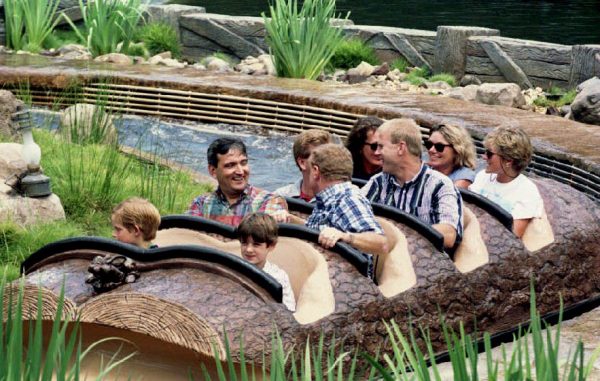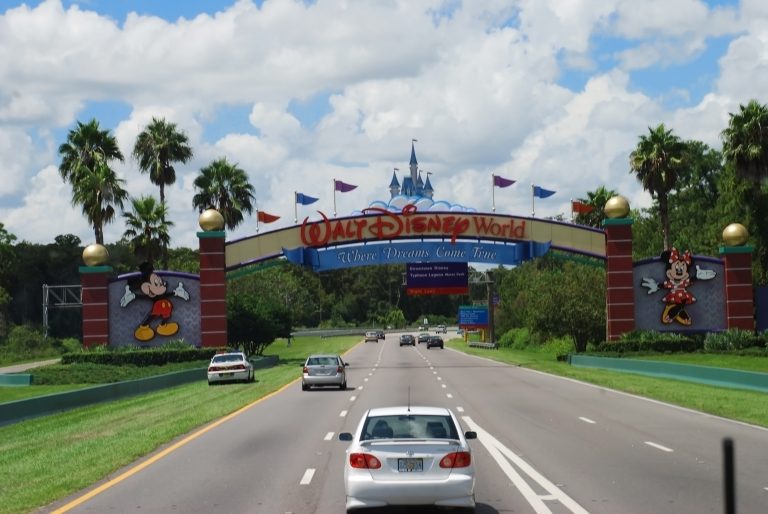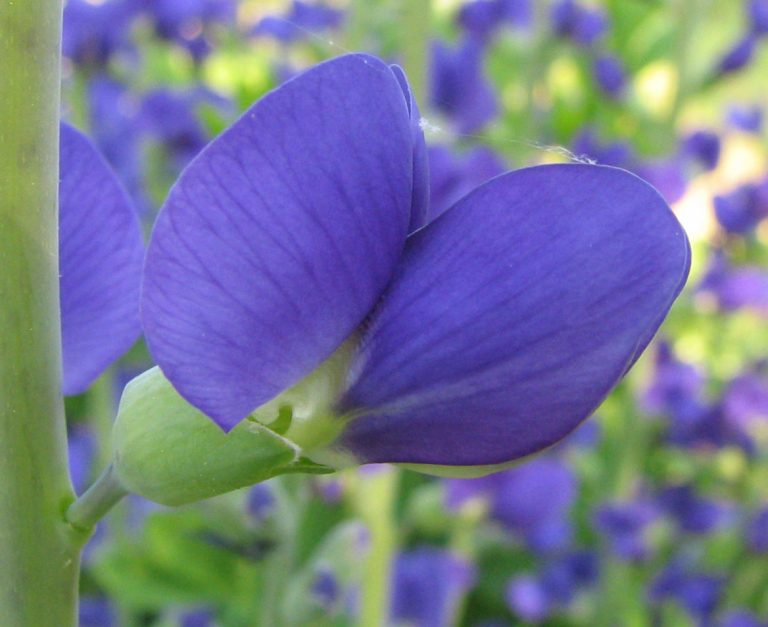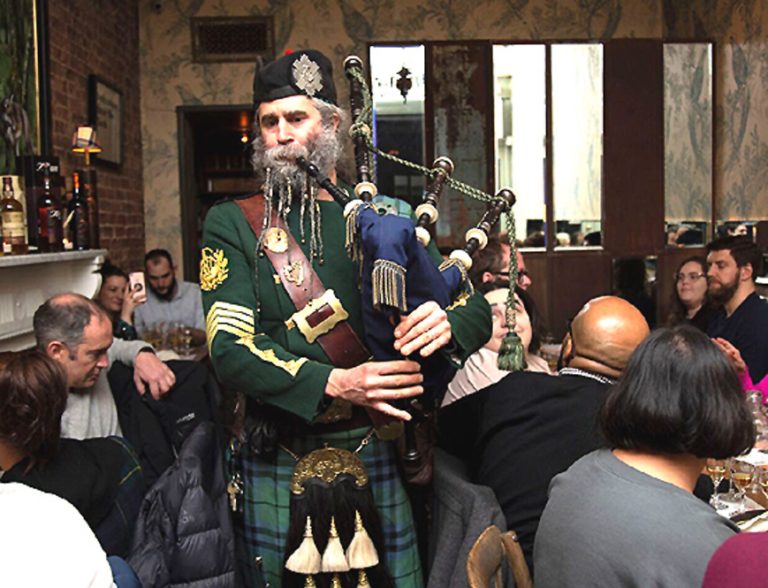Looking for a mosquito-free getaway this summer? Consider Walt Disney World, in Orlando, Florida. Despite the park’s location in swampy central Florida, the state with the biggest mosquito problem and the fifth rainiest state in America, the entire area is remarkably uninfested with these pests.
Walt Disney was not only visionary in the entertainment industry; he also had a clear plan from the start to keep Walt Disney World safe for his guests through carefully engineered pest management. To this day, the measures implemented by the founder have a magical effect.
As Disney started buying up huge plots of swampland in central Florida in the 1960s, he quickly recognized the need for mosquito control in his intended new project. Having amassed thousands upon thousands of acres of hot, humid, mosquito-ridden land, Disney attended the 1964 World’s Fair in Flushing, New York.
Four exhibits at the fair were contributed by Disney, including It’s a Small World and A Carousel of Progress, two attractions which were both later relocated to Disneyland. Disney sought to make his new park “even better than Disneyland,” and probably had this in mind as he visited the many exhibits from around the world, rubbing elbows with other renowned innovators. Little did he know he would also meet the answer to his pest problem, in the form of a retired Army general.
Retired Army Major General William E. Potter, an MIT-educated engineer, had governed in the pestilent Panama Canal Zone, where he learned all about mosquito control. After the two had conversed a bit at the World’s Fair, Potter was quickly hired as the mosquito expert for Disney’s new “Florida Project.” A seemingly insurmountable task was thus put into extremely capable hands.
Success
You are now signed up for our newsletter
Success
Check your email to complete sign up
Disney valued tradition and good work ethics. He was not afraid of a challenge, and overcame many obstacles with his optimistic attitude. His conservative views can be seen in his films, with an emphasis on family values and traditional gender roles. He was against unions, and attributed a labor strike at his office to a communist group trying to influence his artists. Overall, he had a firm belief in upholding fundamental and wholesome principles. He thus stipulated that in his pest management operation, Potter was not to use any poisons in the entire park.
The result was a three-part strategy aimed at making the whole place inhospitable to mosquitoes.
Moving water is key to keeping mosquitoes at bay. As they lay their eggs in stagnant pools, flowing water is not attractive to them. Whether the guests realize it or not, every water feature at Disney World is in motion, be it through fountains, water rides, or other splashy events. Potter installed extensive drainage ditches to quickly remove any water that was not in circulation: No eggs, no larvae, no mosquitoes.

Incorporating this principle into the architecture and landscaping of the park was the next step. Every building was designed and every plant was selected with water removal in mind. As an added precaution, Potter made sure that every body of water was stocked with mosquito eaters: goldfish, minnows, and “mosquito fish,” to consume any chance larvae that happened to beat the odds.
Abiding by Disney’s prohibition of pesticides, Potter used only natural insect repellents to deter the bugs. Garlic, in the form of a liquid extract, was, and is still sprayed all over the park. The powerful scent is repulsive to mosquitoes, but it is sprayed in amounts so small that humans can’t even detect it.
So, if you do venture to Disney World, bring your sunscreen and wear comfortable shoes, but you can forget about the DEET.
Even if a theme park may not be everyone’s idea of fun, we can all take a leaf out of Walt’s book and make our own mosquito-free magic at home. If we keep water moving, eliminate opportunities for standing water, and repel the pests naturally with oils or plants, we can pursue any dream without being eaten alive. Like Disney said himself, “If you can dream it, you can do it. Always remember that this whole thing was started by a mouse.”







